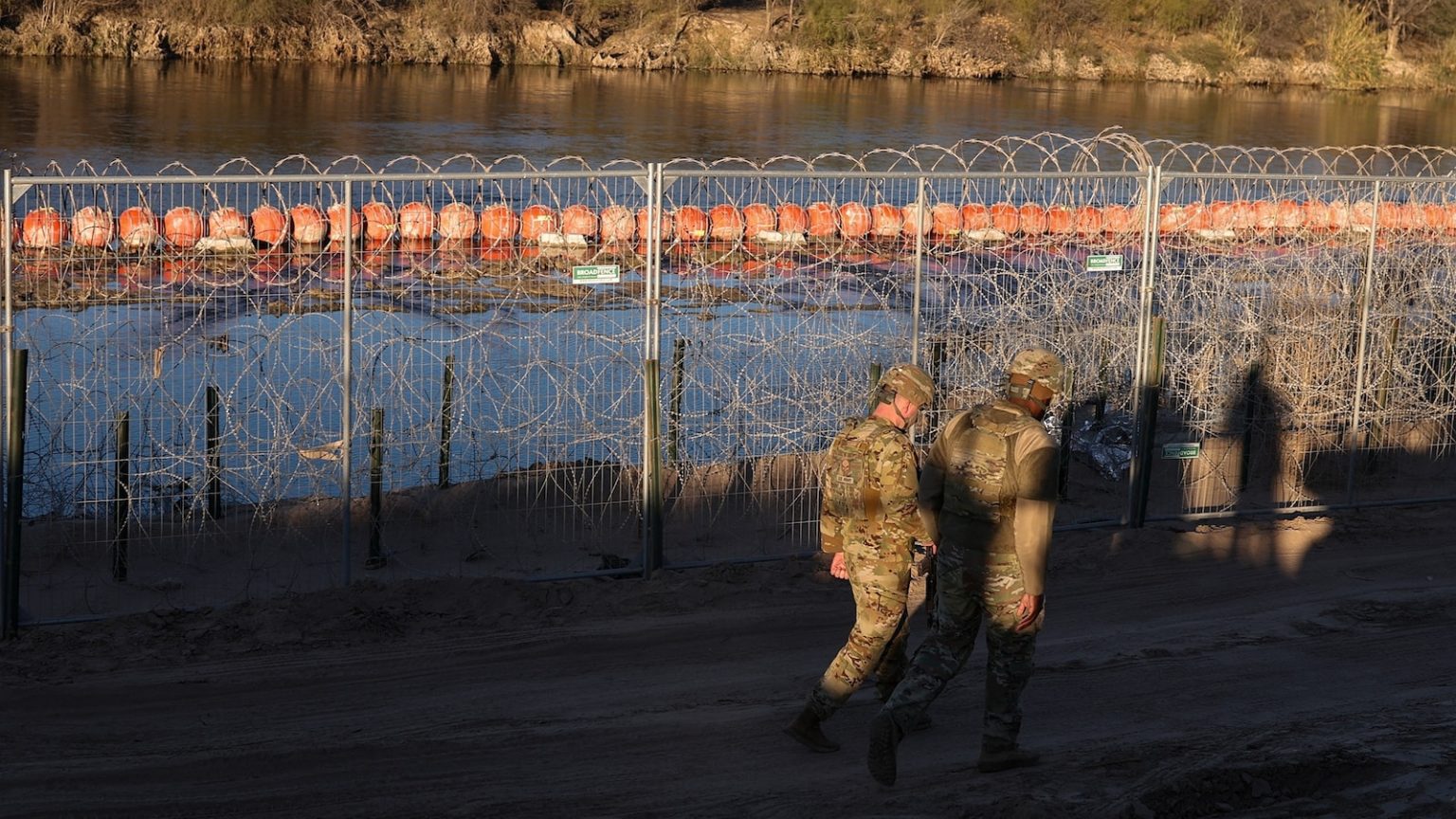A Significant Drop in Border Apprehensions: Understanding the Shift in Southwest U.S. Border Security
Overview of the Decline in Apprehensions
In January 2025, the southwestern U.S. border saw a notable decrease in apprehensions, marking a shift in border security dynamics. The number of apprehensions fell by a third compared to December 2024, dropping from 96,048 to 61,465. This decline became more pronounced after President Donald Trump’s inauguration on January 20, with daily apprehensions averaging 786 post-inauguration, down from over 2,000 in the preceding three weeks. This sudden drop suggests a significant change in the approach to border security under the new administration.
The Role of Policy Changes in Reducing Apprehensions
The decline in apprehensions can be attributed to the swift executive actions taken by President Trump. Shortly after taking office, he declared a national emergency at the border, deploying active-duty military and National Guard troops to support Customs and Border Protection (CBP) efforts. Additionally, military planes were utilized to repatriate migrants to their home countries, and the administration focused on targeting gang members and violent offenders. The removal of restrictions on law enforcement activities in certain areas, such as schools and churches, further intensified their efforts.
Increased Military Presence and Enforcement Tactics
The enhanced military presence along the border has played a crucial role in the reduction of apprehensions. CBP officials reported a dramatic increase in patrols by both CBP agents and military troops. This visible surge in enforcement likely deterred potential crossings. Furthermore, the strategic focus on repatriation and targeting specific groups contributed to the overall decline, indicating a more coordinated and aggressive approach to border management under the new administration.
The Broader Context and Implications of the Trend
The apprehension numbers have been declining since November 2024, when they fell below 100,000 for the first time in years. This trend suggests that the measures implemented by the Trump administration are part of a broader strategy aimed at long-term border security. While the administration highlights the success of these policies, critics argue that the measures may have negative humanitarian implications, including the potential for increased hardships for migrants and concerns about the use of military forces on U.S. soil.
Addressing the Humanitarian Concerns and Challenges
The strict enforcement policies have raised concerns among humanitarian groups, who worry about the impact on vulnerable migrants, including families and asylum seekers. The use of military resources for repatriation and border patrols has also sparked debates about the appropriate role of the military in domestic law enforcement. Despite the administration’s focus on security, balancing enforcement with humanitarian considerations remains a challenge.
Looking Ahead: The Future of U.S. Border Security
As the U.S. continues to refine its border security strategy, the effectiveness and ethical implications of these measures will be closely watched. The administration aims to maintain a secure border while addressing the complex issues surrounding immigration. The interplay between policy, enforcement, and humanitarian concerns will shape the future of border security efforts, influencing both domestic politics and international relations.















